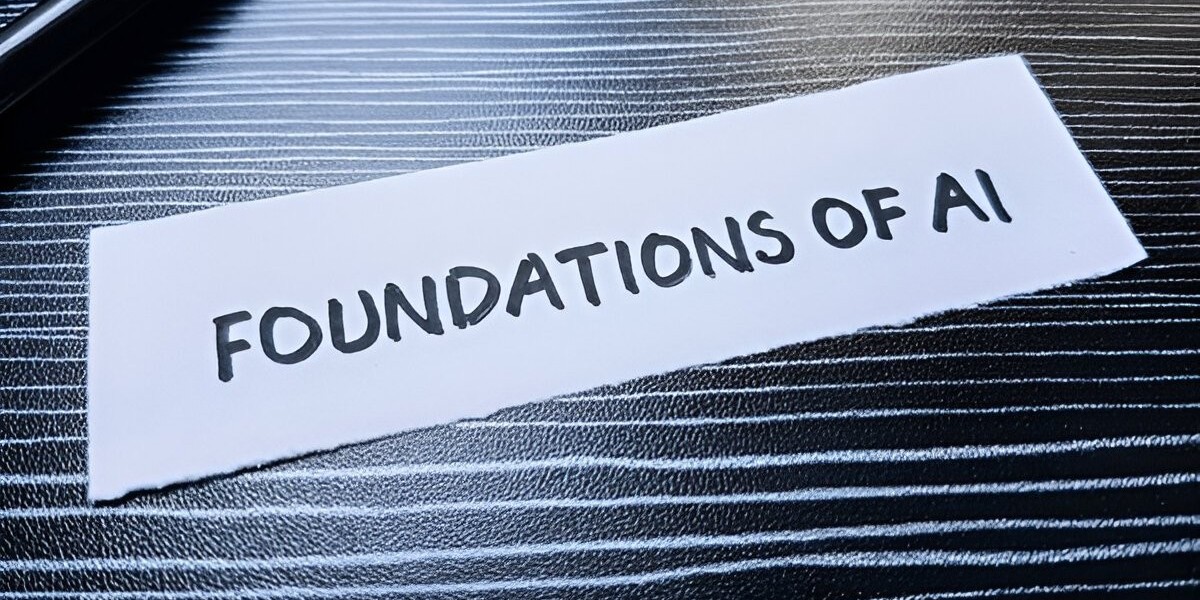We live in a data-driven world where almost every action generates information — from online shopping and browsing social media to using mobile apps. But raw data alone has little value until it is analyzed and converted into insights. That’s where the Foundations of Data Analytics come in.
If you’re new to this field, this beginner-friendly guide will help you understand what data analytics is, why it matters, and how you can start learning data analytics step by step.
What Do We Mean by “Foundations of Data Analytics”?
The foundations of data analytics are simply the basic building blocks of data analysis. Think of it like learning the alphabet before writing sentences.
It involves:
- Understanding different types of data (structured data like numbers, unstructured data like text, images).
- Cleaning and preparing raw data to make it usable.
- Applying basic statistical methods to identify patterns and trends.
- Using Excel or SQL for data analysis on datasets.
- Presenting results through data visualization using charts, graphs, and dashboards.
By mastering these, you create a strong base to move into advanced areas like AI, machine learning, or big data analytics.
Why Should Beginners Learn Data Analytics Foundations?
- High Demand Skill – Every industry (healthcare, finance, retail, marketing, education) needs professionals who can work with data.
- Better Decision-Making – Data analysis helps individuals and businesses make smarter, evidence-based choices.
- Step Towards AI & ML – Artificial intelligence and machine learning rely on clean, analyzed datasets. Without analytics, AI cannot function.
- Wide Career Opportunities – Roles like data analyst, business intelligence specialist, reporting analyst, and market researcher all begin with strong foundations.
Core Skills You Gain from Learning Data Analytics Foundations
- Data Cleaning & Preparation
- Removing duplicates, fixing errors, formatting datasets.
- Basic Statistics for Data Analytics
- Learning averages, percentages, correlations, probability, and regression.
- Essential Data Tools
- Excel for data analytics – formulas, pivot tables, charts.
- SQL for beginners – handling databases and running queries.
- Python/R – for advanced analysis and automation.
- Power BI & Tableau – for building dashboards and visualization.
- Data Visualization & Storytelling
- Turning numbers into clear insights for decision-makers.
- Problem-Solving Approach
- Using data-driven methods to solve real-world business problems.
Real-Life Applications of Data Analytics
- Healthcare Analytics – Analyzing patient data to improve diagnosis and treatments.
- Retail Analytics – Understanding customer buying behavior to improve shopping experiences.
- Financial Analytics – Detecting fraud, predicting investments, and managing risks.
- Education Analytics – Tracking student progress and improving teaching methods.
- Marketing Analytics – Measuring campaign performance, audience insights, and ROI.
Beginner’s Roadmap to Learn Data Analytics
- Start with Excel – Formulas, pivot tables, data cleaning.
- Learn SQL Basics – How to query and manage databases.
- Understand Statistics for Data Analysis – Probability, regression, averages.
- Move to Python or R – For more advanced analytics.
- Practice Visualization Tools – Create dashboards in Power BI or Tableau.
- Do Mini Projects – Work on datasets like sales reports, customer surveys, or financial data.
FAQs About Data Analytics Foundations
Q1. Is data analytics hard for beginners?
No. If you start step by step with Excel and basic statistics, it’s beginner-friendly.
Q2. Do I need coding to start data analytics?
Not immediately. You can start with Excel and SQL. Later, you can learn Python or R for advanced analysis.
Q3. What entry-level jobs can I get after learning data analytics basics?
- Data Analyst
- Reporting Analyst
- Business Intelligence Intern
- Junior Data Scientist
Q4. How long does it take to learn the foundations of data analytics?
If you dedicate 2–3 hours daily, you can build strong foundations in 2–3 months.
Conclusion
The Foundations of Data Analytics are like the roots of a tree—without them, advanced areas like AI, machine learning, or big data cannot grow. By starting with basics such as data cleaning, statistics, Excel, SQL, and visualization tools, you unlock career opportunities in multiple industries.
If you’re curious about how to become a data analyst or considering a career change into analytics, start small today. The future belongs to those who can understand, analyze, and apply data effectively.






